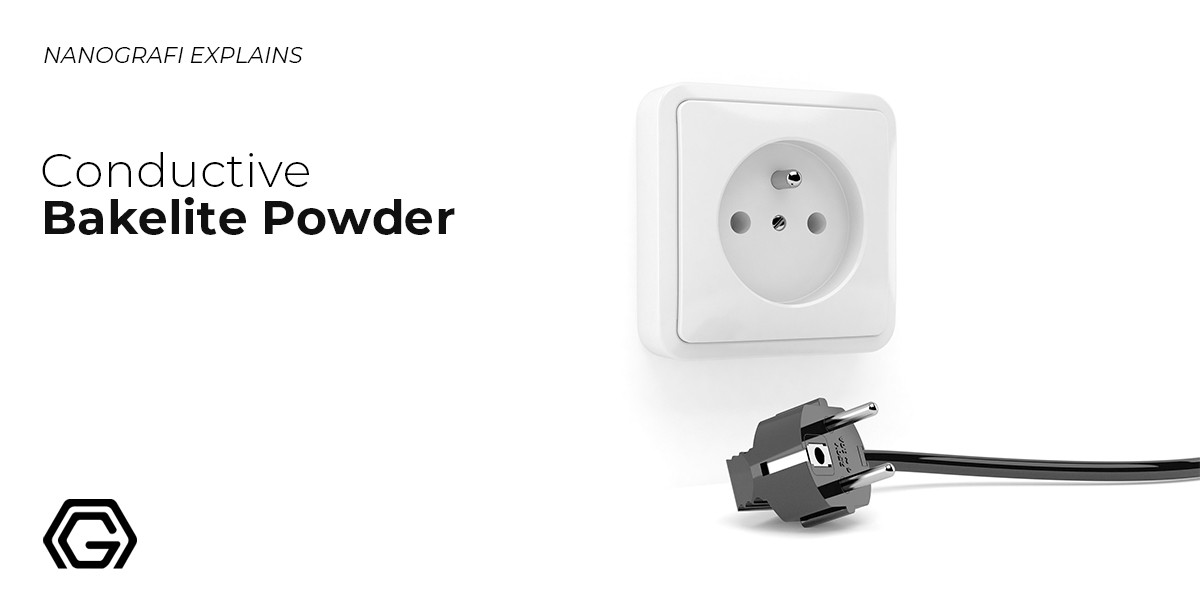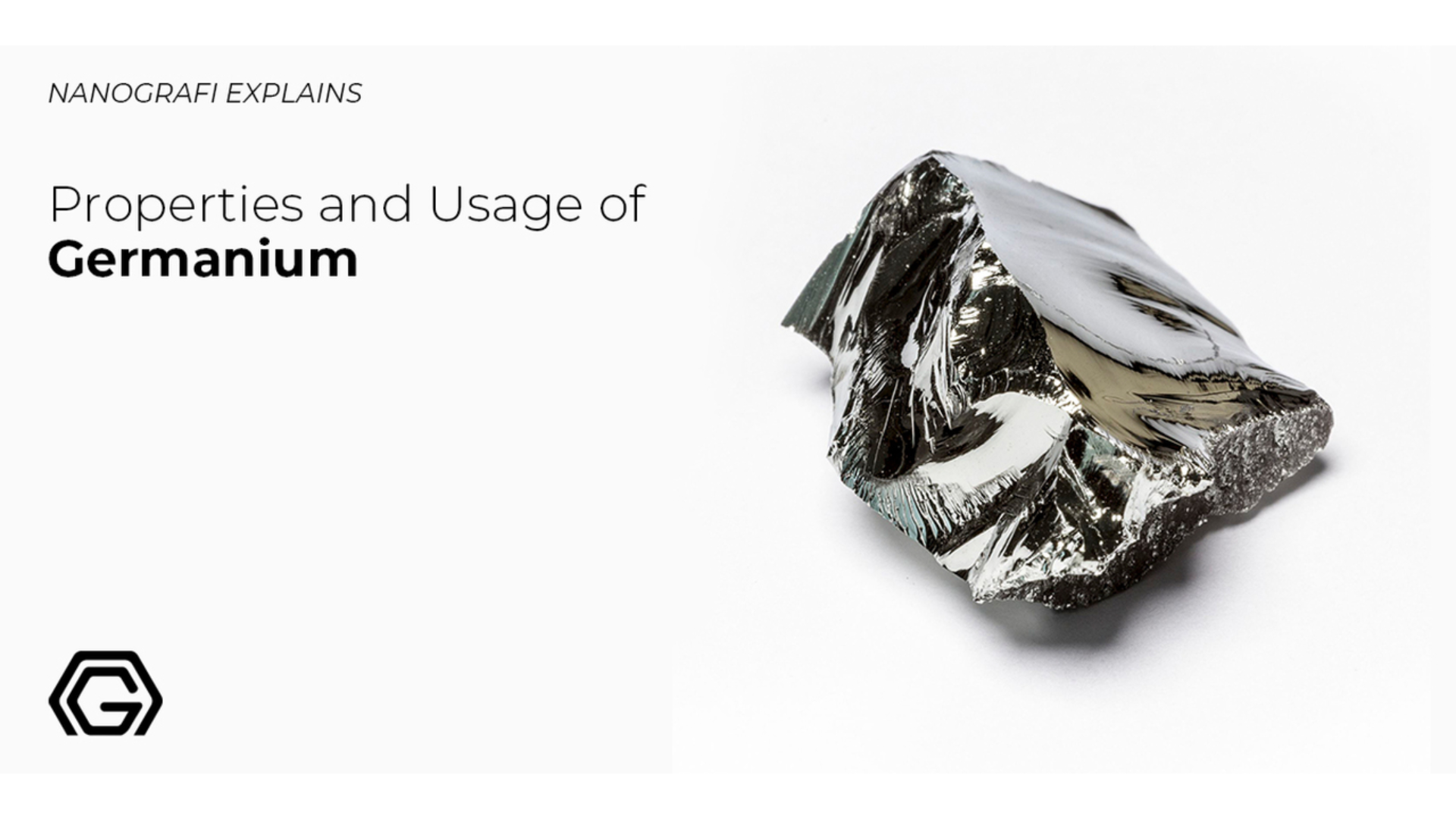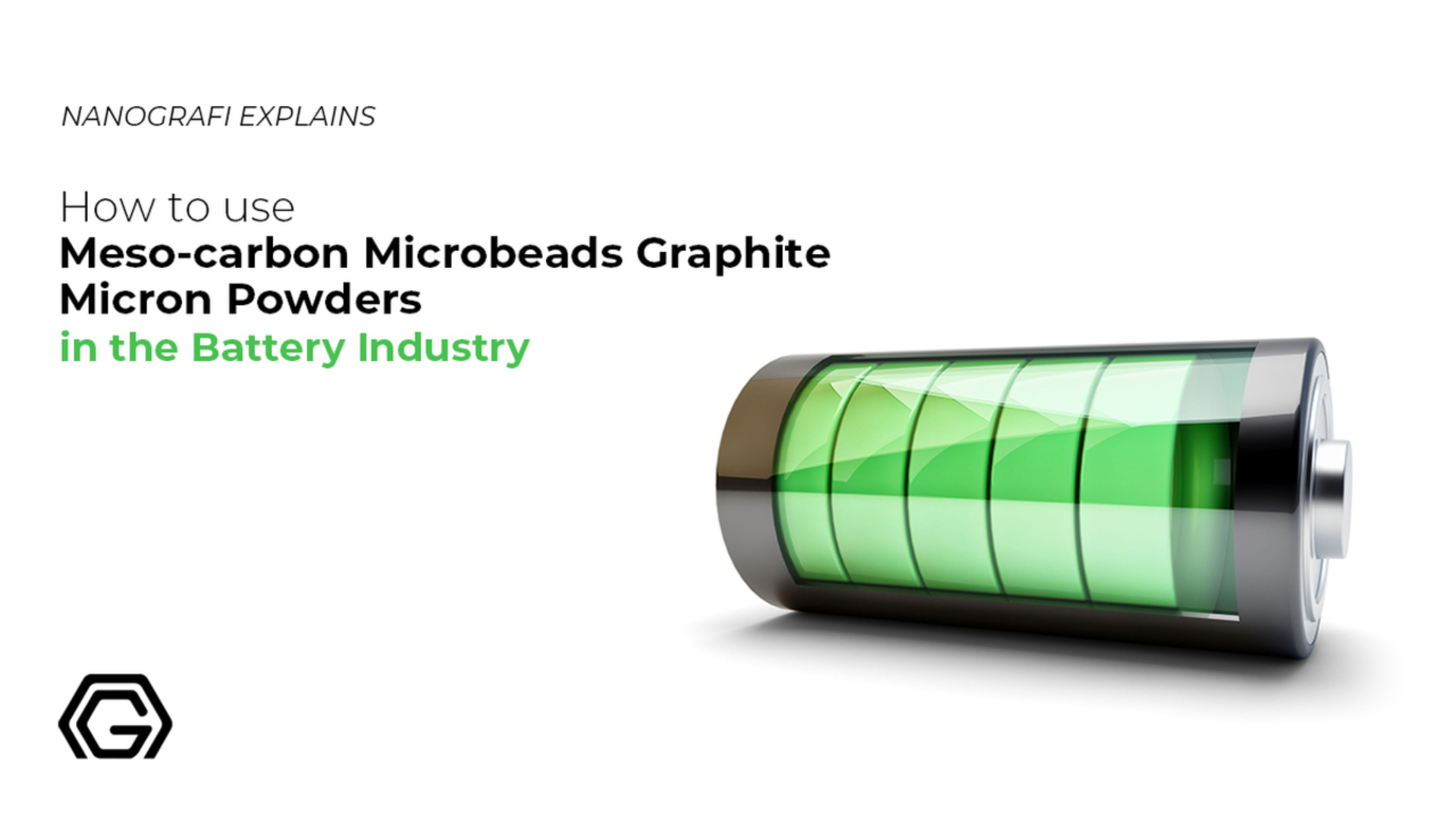Properties and Electrical Applications of Conductive Bakelite Powder
Bakelite powder is an another name for polyoxybenzylmethylenglycolanhydride which was the first-ever plastic that was made from a combination of a few synthetic components. It has a wide range of chemicals present in it that enables it to work and perform its tasks in better ways.
The conductive bakelite powder has some very rich properties that help it work authentically and excellently in all the required fields. The chemicals too that are a part of this product only enhance the credibility of the entire working mechanics of this conductive bakelite powder. Furthermore, all these excellent properties and chemicals prepare this conductive bakelite powder to be used in various fields and places whereas the majority of applications of this product are observed in the area of electrical products and the field itself.
Introduction
Bakelite (also spelled as Bakelite) or polyoxybenzylmethylenglycolanhydride is the first plastic that is prepared from the synthetic components. On phenol’s condensation reaction with formaldehyde, bakelite, thermosetting phenol formaldehyde is obtained. Leo Baekeland, a Belgian-American chemist developed it in 1907 in Yonkers, New York.
In 1909, Bakelite was patented. Due to its characteristics of heat resistance and electrical nonconductivity, the synthetic plastic’s creation was revolutionary. Its characteristics are shown in telephone casings, radio, electrical insulators, and such diverse products as firearms, toys of children, pipe stems, jewelry, and kitchenware.
Recently, the old bakelite product's retro appeal has made those products collectible. On 9 November 1993, the American Chemical Society designated Bakelite as a National Historic Chemical Landmark in recognizing its importance as the first synthetic plastics of the world.
By formaldehyde and phenol’s polymerization, bakelite is obtained which is the polymer’s commercial name. Man synthesized many polymers, bakelite is one of the oldest ones. Phenol is made for reacting with formaldehyde. In a controlled basic or acidic medium, the two reactant’s condensation reaction leads to the production of para and ortho hydroxymethyl phenols and their derivatives.
Properties of Bakelite
Many significant characteristics are possessed by Bakelite. It takes less time in production as it is capable of molding rapidly. Moldings show resistance towards destructive solvents, scratches, and heat. They are smooth and they regain their shape. It isn't flexible. Due to their low conductivity, they are very famous and prized. It also shows resistance to electricity. Under conditions of perpetual dampness or extreme humidity, phenolic resin products are capable of slight swelling. Bakelite's odor is acrid, distinctive, fishy, or sickly-sweet when burnt or rubbed.
Some of Bakelite’s major characteristics are the following:
- Bakelite shows resistance to the electric current because of bakelite’s low electrical conductivity.
- This polymer can provide very smooth molding.
- The resistance is also shown towards various destructive solvents.
- Bakelite moldings show resistance to scratches and heat too.
- Bakelite can be molded very quickly.
Chemicals
One of the multi-stage processes is the making of the Bakelite. In presence of catalysts like base ammonia, zinc chloride, or hydrochloric acid, the formaldehyde and phenol's heating begins, and with it, the process begins too. On heating, a liquid condensation product is created which is referred to as Bakelite A. In additional phenol, acetone, or alcohol, Bakelite A is soluble. When further heated, a partially soluble product is formed which the heat can soften.
If the heating is sustained, the product will be an insoluble hard gum. Although in order to make this, high temperatures are needed, high temperatures will also lead to the mixture's violent foaming when it is done at standard atmospheric pressure. It concludes with the production of a cooled material that is breakable and porous. Putting his last condensation product into a Bakelizer which has the shape of an egg, was the innovative step of Baekeland.
Baekeland suppressed the foaming by heating it at 150°C (300 °F) under pressure. Otherwise, the foaming would have occurred. A very hard, insoluble, and infusible substance is the result.
Compression Molding
In formaldehyde and phenol’s condensation reaction, molded bakelite is formed, with asbestos fiber or wood flour as filler, under high temperature and pressure in few minutes time frame of curing. Hard plastic material is the result. After the banning of asbestos production in many countries, asbestos was slowly abandoned as a filler.
In the molding process of Bakelite, there are some advantages. In order to increase casting’s speed, bakelite resin can be provided as pre-formed partially cured slugs, or as powder. During the molding cycle, pressure and heat are required by the thermosetting resins like Bakelite. The molding process can be made faster if we remove this requirement from the molding process without it being cooled again. Less finishing is needed for the bakelite objects because they already get a smooth polished surface as a result. Duplication of millions of parts could be done cheaply and quickly.
Phenolic Sheet
The formation of phenolic sheet materials was another market for bakelite resin. By applying pressure and heat to paper's layers or glass cloth impregnated with synthetic resin, a phenolic sheet is made which is a dense, hard material. The materials that can be utilized in lamination are unwoven fabrics, glass fabrics, synthetic fabrics, cotton fabrics, and paper. Polymerization transforms the layers into thermosetting industrial laminated plastic when pressure and heat are applied. In many commercial grades, bakelite phenolic sheet is produced, with different additives for meeting diverse thermal, electrical, and mechanical requirements.
Preparation Methods
If the reaction medium is made acidic, and there is an excess of phenol, then the product that will be obtained from this condensation reaction is acidic. However, if the reaction takes place in a basic medium, and if the formaldehyde’s quantity in the reacting mixture is more than that of the phenol’s quantity, the condensation product that’s obtained, is known as Resol.
In various industries, these intermediate condensation products are utilized as resins. When Novolac is allowed to undergo cross-linking in crosslinking agent's presence, bakelite is obtained. Generally, the cross-linking agent is the excessive phenol.
To get more information about microparticles,
you can read our blog post here.
Applications of Bakelite
Bakelite has many usages. It has a high resistance to heat and low electrical conductivity. It can be utilized for manufacturing electrical system's machine parts and electrical switches. Bakelite is a thermosetting polymer. Even after extensive molding, bakelite returns to its original form because of its high strength. Phenolic resins are utilized broadly as binding agents and adhesives. Along with the coating industry, they are also utilized for protective purposes. Bakelite is also utilized for making the handles of utensils of different kinds. Bakelite is a very important and most common polymer which are utilized for making parts of different objects.
Importance of Bakelite
Due to bakelite’s characteristics, it is suitable as a protective coating, a varnish, binding agent, an adhesive, and as a molding compound. Due to the remarkable high resistance to chemical action, heat, and electricity, bakelite is a good choice, specifically for the emerging automobile and electrical industries.
Earliest Commercial Use
Boonton Rubber Company’s Richard W. Seabury made the molding of tiny insulating bushings for Weston Electrical Instrument Corporation in 1908. That molding was the Bakelite’s first commercial usage in the electrical industry. Soon then, bakelite was utilized for non-conducting parts of radios, telephones, and other electrical devices, including sockets and bases of electron tubes (vacuum tubes) and light bulbs, supports for any type of electrical components, automobile distributor caps, and other various insulators.Bakelite was utilized in making billiard balls by 1912 due to its elasticity. The sound that it made was similar to that of ivory.
Bakelite was specifically, broadly utilized in electrical systems during World War I. The use of micarta-bakelite propellors in the DH-4B airplane, the NBS-1 bomber, a radio phone, wireless telephone, and Liberty airplane engine are important projects.
Ease and Availability of Molding
The speed, ease, and availability of molding of Bakelite helped in increasing the availability and lowering the costs of the product so that radios and telephones become common household consumer goods. The developing industry of automobile holds a lot of importance for it. Soon, it was found in myriad other consumer products stretching from buttons and pipe stems to appliance casings, early machine guns, cameras, and saxophone mouthpieces. Bakelite was also utilized in producing molded grip panels (stocks) on machineguns, submachine guns, and handguns, along with various scales and handles of the knife through the 20th century’s first half.
In the Early 1920s
Bakelite became a famous material for jewelry at beginning of the 1920s. Bakelite bracelets were included by the designer Coco Chanel in her collections of costume jewelry. Other designers like Elsa Schiaparelli utilized bakelite for buttons of the dresses that were specially designed and for jewelry. Then, the editor of Vogue, Diana Vreeland, was enthusiastic about Bakelite. It is also utilized in making presentation boxes for Breitling watches.[
During 1930
Paul T. Frankl considered Bakelite as a "Materia Nova" in 1930. It was also being utilized for different game pieces, such as mahjong sets, dominoes, poker chips, and chessmen. Bakelite also made kitchenware like tableware and canisters. Such kitchenwares were promoted because of their resistance towards heat and chipping. Bakelite’s coating, black Ebonite base was marketed by Northland with a line of skis in the mid-1930s.
In 1950, it was being utilized in solid-body electric guitars. Jerry Byrd and other performers loved the bakelite guitar’s tone but they found it difficult to keep them in tune. In 1933, Bayko, the British children's construction toy was launched, whose many parts utilized Bakelite, and the toy took its name from bakelite, the material from which it was made.
During the Period of World War II
Bakelite was utilized in several wartime equipments during World War II, including field telephones and goggles of the pilot. Bakelite was utilized for patriotic wartime jewelry too. 1n 1943, because of traditional material shortage, the thermosetting phenolic resin was even taken into consideration to manufacturing coins. Before the settling of Mint on the zinc-coated steel, the bakelite and other non-metal materials were established for being utilized for the US’ one-cent coin.
The British uniforms during World War II had Bakelite buttons. Sometimes, in the case of capture, they were modified to purposes of Survival, Evasion, Resistance, and Escape. Following the starter of BD (Battle Dress). MI9 was enforced to adjust for meeting the challenge of several different compass solutions were devised, both overt and covert. These included Bakelite buttons utilized in both RAF (black) BD and Army (brown colored) uniforms."
In the Period of 1947
Han Van Meegeren, the forger of Dutch art, was convicted of forgery in 1947 after curator and chemist Paul B. Coremans proved that a purported Vermeer contained Bakelite, which was utilized as a paint hardener by van Meegeren.
At times, bakelite was utilized in the firearms' buttstock, handguard, and pistol grip. Despite being made of AG-S4, some early AK-74 rifles and AKM are commonly mistakenly identified as utilizing Bakelite.
In the Period of the Late 1940s
In late 1940, bakelite was being superseded by the newer materials in various areas. Because of their brittle nature, complex production, and cost, phenolics are utilized in general consumer products less frequently.
Some of the applications of bakelite are such in which their particular characteristics are needed, like parts for electrical irons, switches, electrical plugs, saucepan handles, molded disc brake cylinders, small precision-shaped components, and also in the area of the inexpensive board and tabletop games made in India, Hong Kong, and China.
Items like dominoes, billiard balls, and board games' pieces like backgammon, checkers, and chess are made up of bakelite in order to get the sound, weight, fine polish, durability, and look that it has.
Use of Common Dice
Sometimes, the common dice are composed of Bakelite for sound and weight, but most of the common dices are composed of a thermoplastic polymer like acrylonitrile butadiene styrene (ABS). Bakelite is still being utilized for brake pads, wire insulation, related automotive components, and industrial applications that are related to electricity.
Under different commercial brand names, the manufacture and production of bakelite stock are still being done in a tube, rod, and sheet form for applications in the aerospace, power generation, and electronic industries.
Phenolic Resins
In the ablative heat shields, phenolic resins have been utilized commonly. Asbestos textolite, impregnated with Bakelite makes up the Soviet heatshields for ICBM warheads and spacecraft reentry. In metallography, bakelite is utilized in the mounting of metal samples.
If you are interested in the utilization of microparticles in the battery industry,
you can read our blog post here.
Electrical Conductivity
Generally, polymers are insulators. Low electrical conductivity is displayed by them. Although, if the ions are liberated upon exposure to radiations of high energy or heat treatment from the micelle's surface to the free condition, that may enhance the electrical conductivity in polymers. The drastic change occurs in the electrical conductivity when a polymeric material is exposed to high energy radiation. The change occurs because of the chain scission, crosslinking, chain aggregation, and radical reactions in the polymer matrix.
Generally, chain scission upon irradiation leads to the creation of free radicals and therefore increases in polymer’s free volume size. That increase aids in the motion of the ionic charge carriers and therefore, the electrical conductivity. Although the ionic charge carriers' motion is restricted by cross-linking because of the lessening in free volume, it also lessens the electrical conductivity.
Formation of the o-Ps Composite System
There is a possibility of o-Ps creating the composite system with few radicals and therefore lessening conductivity. Although, cross-linking and chain scission are the two processes that lead to the change of crosslink density. The variation of free volume size and conductivity as electron dose’s function is commonly presented and upon electron beam irradiation, identical behavior is displayed by them. On 40 kGy electron beam dosage irradiation, the electrical conductivity increased and on 100 kGy, the electrical conductivity decreased.
The increase in conductivity for the low electron doses is because of the scission of hydrogen-bonded phenolic groups, which results in the creation of free radicals and OH. Cross-linking is the predominant process at higher doses and the formation of the network's crosslinks delays the chain’s movement inside the polymer. XRD results showed increased average crystallite size and crystallinity at higher electron doses point toward the creation of crosslinks of Bakelite polymeric chains and this may lessen the free radical’s mobility and their creation and therefore the reduction in electrical conductivity.
Electrical Applications
Bakelite powder claims phenolic molding powder again, is used to make electrical equipment and manufactured goods, etc. This macromolecular material curing temperature of bakelite powder low (125~145 ℃), the material property is good, but because its high insulating properties is restricted its range of application.
The inventive method makes bakelite powder have conductivity, has enlarged its range of application. Can as requested powder be made the shape of regulation with the conductive bakelite powder that a process for preparing, the specific insulation of its finished product is generally 55-130 Ω/cm. The inventive method also has makes the advantage simple, that cost is low.
Usage of Existing Bakelite Powder
Existing common bakelite powder can be used for inlaying of ESEM metallographic sample, and the inlay of former metallographic sample is a bakelite powder, and the metallographic sample that produces is non-conductive, need add conducting resin when making scanning electron microscopic observation, and this is not only time-consuming, and influence is observed. And the sample that the conductive bakelite powder (electric conducting material) that adopts this method preparation is made has improved the quality of ESEM operating efficiency and metallograph.
Conducting medium joins can prepare in the organic polymer has certain electric conductivity composite high-molecular material. Carbon black is filled composite material because its difference cheap and addition can obtain different resistivity carbon
- Bakelite was made from thermoplastic phenol-formaldehyde and was the first composite plastic to be composed of composite materials.
- Electrical dissipation and heat resistance properties of this material have led to the use of Bakelite with the aim of producing various products in various industries such as electronics, electricity meters, kitchen appliances, aerospace, etc.
- Bakelite is easily and quickly molded, which is a very important advantage in bulky products.
- Bakelite is a type of thermosetting compound and therefore retains its shape and does not deform when it is molded, even after exposure to heat or various solvents.
- Bakelite is also a good choice for new developments in the field of electricity and automotive because of its extraordinary resistance to heat, electricity, and chemicals, and are used in the production of electrical devices such as lamp sockets and electronic tubes, all kinds of electrical parts, insulations, etc.
Bakelite has many characteristic features which include the following:
- It does not melt.
- It does not burn.
- It is varnish in liquid form.
- It has the amber’s luster from the isles.
- It has glass’s brilliance and rigor
- It is utilized in radiator caps, castanets, telephone fixtures, billiard balls, fountain pens, pipe stems, etc.
- In semi-solid form, it is a glue when jelled.
- Bakelite has applications in the industry of coating for protective functions.
- The phenolic resins are utilized broadly as binding agents and adhesives.
- After molding, it retains its shape.
- It has high strength as it is a thermosetting polymer.
- Bakelite shows high resistance to chemicals and heat, its thermal conductivity is low.
- Bakelite is a very important polymer as it is utilized for making different parts and components.
- It is also utilized for handling a variety of utensils.
- Bakelite was also used in making electrical system’s machine parts too in early times.
- Commonly, it is utilized in forming electrical switches because of its low conductivity and high resistance to heat.
Conclusion
Conductive bakelite powder has emerged as a winning product for quite some time now and it is due to the remarkability that it has stored within itself. The majority of the applications of conductive bakelite powder are to be found in the field of the electrical area because over the previous researches and phenomenon it has been made evident that the conductive bakelite powder serves best in the field of electrical appliances or the entire field itself. This has only emerged due to the strong chemicals and properties that bakelite has in its own self.
To get more information, you can visit Blografi.
References
https://nroer.gov.in/media//4/b/1/Bakelite/index.html
https://byjus.com/chemistry/bakelite-structure-properties-application/
PC_Detector_Material/links/552659f60cf295bf160ed82c/Electron-Beam-Induced-Microstructural-Changes-and-Electrical-Conductivity-in-Bakelite-RPC-Detector-Material.pdf
https://www.sciencedirect.com/science/article/abs/pii/S0020722511002436
Recent Posts
-
Nanocomposites in Food Packaging
The utilization of nanocomposites in food packaging represents a significant advancement in the fiel …19th Apr 2024 -
What is the Difference Between 7075 and 6061 Aluminum Alloy?
When comparing 7075 aluminum alloy to 6061 aluminum alloy, it's essential to understand their disti …5th Apr 2024 -
Iron-Air Batteries: The Ultimate Guide
Iron-air batteries represent a significant breakthrough in energy storage technology, offering a sus …29th Mar 2024








